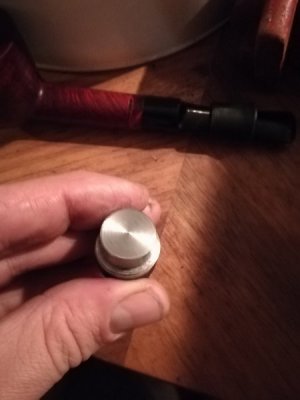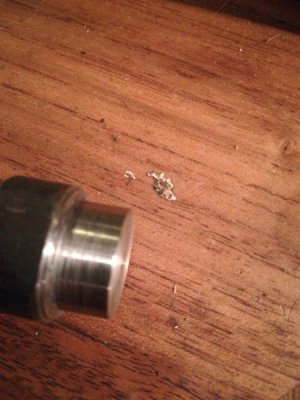- Joined
- Aug 17, 2018
- Messages
- 57
I fu**King cracked it!!!
OK here's what I did first ensure the tool is a smidge below center like 0.1mm then I sharpened my tools again increased the angle on the front so it was Not tearing now that improved it a bit but what really killed it was dousing it in oil whilst actually turning it and reducing the speed down to more slower than seemed right. After that the cut sounds different if that makes sense...
OK here's what I did first ensure the tool is a smidge below center like 0.1mm then I sharpened my tools again increased the angle on the front so it was Not tearing now that improved it a bit but what really killed it was dousing it in oil whilst actually turning it and reducing the speed down to more slower than seemed right. After that the cut sounds different if that makes sense...



